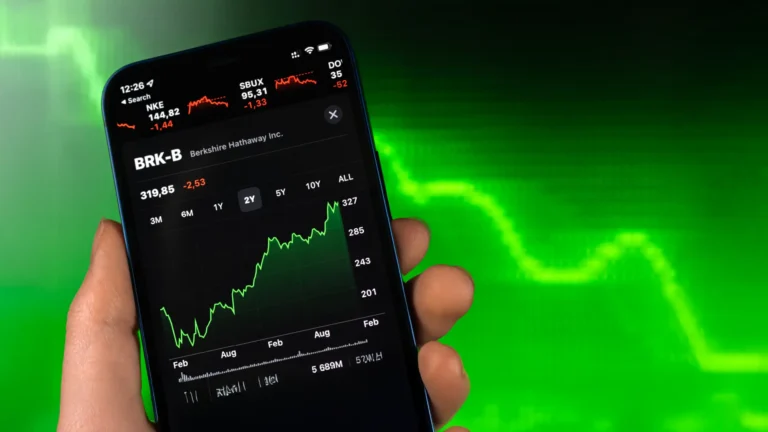The Xchange Newsletter
The Xchange keeps you informed of the most tradeable market sectors, from both a Bull and Bear perspective.

Berkshire’s Earnings: Diamond Hands or Paper Hands?
BRKD/BRKU
Feb 24, 2025 | 6 min read

Autopilot to Profits? Buckle Up for the EVAV Trading Ride!
EVAV
Feb 18, 2025 | 4 min read

Will the Mag 7 Floor It or Crash? QQQU and QQQD
QQQD/QQQU
Feb 17, 2025 | 3 min read

$LMBO or $REKT? Will Crypto Moon or Meet its Doom?
LMBO/REKT
Feb 11, 2025 | 4 min read

Will Amazon Deliver? You Can Bet On It (Either Way).
AMZD/AMZU
Feb 05, 2025 | 5 min read

Cybertrucks, Cloud Wars, & Prime Time Drama: TSLA & AMZN Earnings
AMZD/AMZU ...
Feb 04, 2025 | 5 min read

Stream or Scream: Netflix Earnings a Plot Twist for Traders?
NFXL/NFXS
Jan 31, 2025 | 4 min read

Cloudy with a Chance of Profits: Will Big Tech Shine or Stumble?
AAPD/AAPU ...
Jan 24, 2025 | 4 min read

Trading Q4 Earnings: Will Bulls Fly or Just Get Gored?
Jan 23, 2025 | 6 min read

MAG 7 (And More) Earnings: Will Last Year’s Hot Stocks Soar or Flop?
Jan 22, 2025 | 5 min read

Taiwan Semiconductor Earnings: Catalyst for a Breakout?
TSMX/TSMZ
Jan 02, 2025 | 4 min read

Broadcom’s Trillion-Dollar Tango: Will the Dance Continue?
AVL/AVS
Dec 31, 2024 | 5 min read

Micron’s Memory Test: Can It Chip Away at Its Losing Streak?
MUD/MUU
Dec 17, 2024 | 5 min read

AI Chips Don’t Crumble: Will Nvidia’s Record Streak Continue?
NVDD/NVDU
Dec 13, 2024 | 3 min read

Tech About to Rocket to New Highs, or Just Buffering?
TECL/TECS
Dec 05, 2024 | 5 min read

Trump and Bitcoin: Trading the Post-Election Crypto Surge
LMBO/REKT
Dec 04, 2024 | 4 min read
